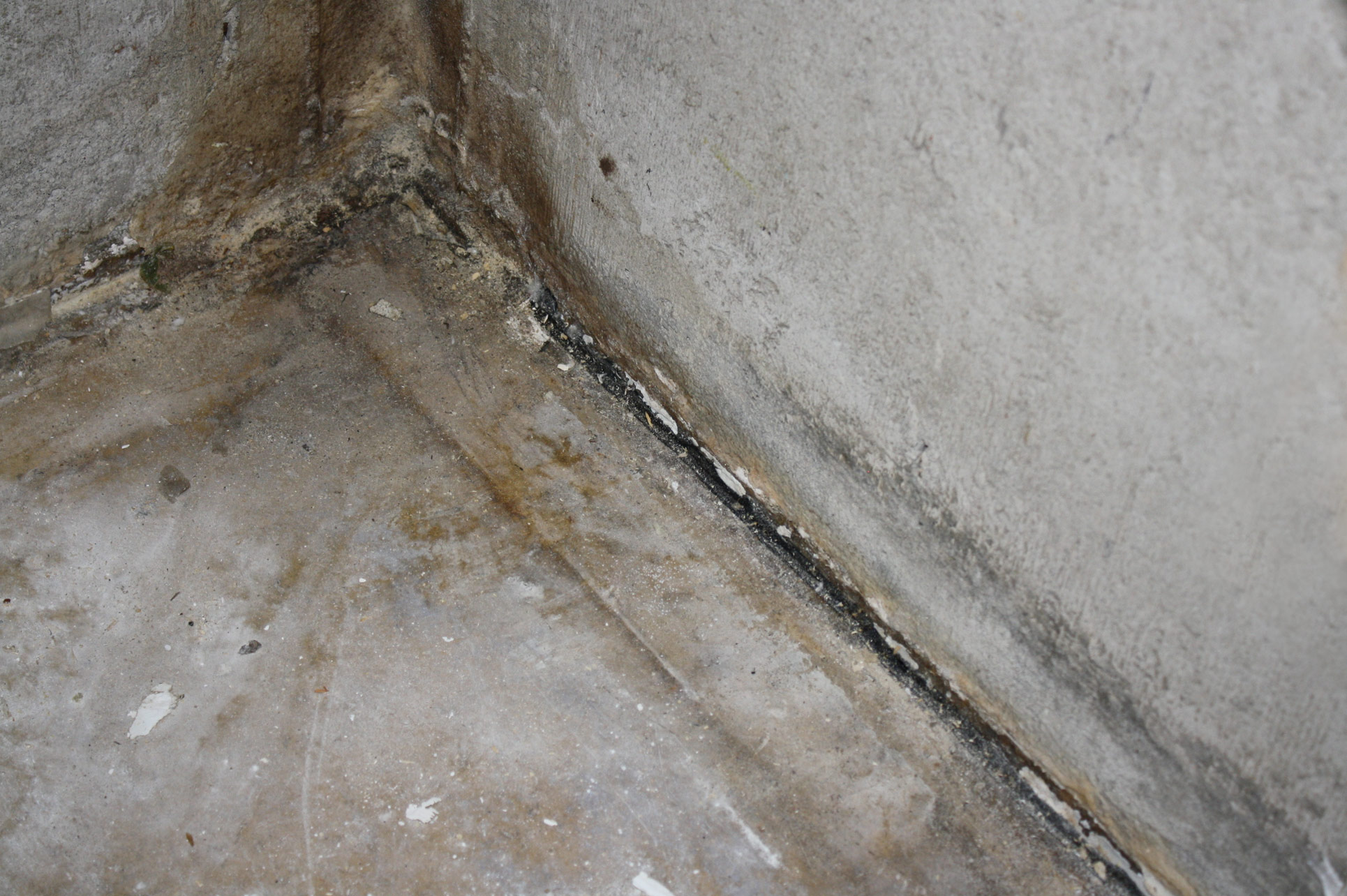Preventative Measures for the Six Most Common Causes of Water Leaks in Residential Spaces
Preventative Measures for the Six Most Common Causes of Water Leaks in Residential Spaces
Blog Article
How do you really feel with regards to Most Common Causes of Leaky Pipes?

Leakages not only cause waste of water but can also create unneeded damages to your house as well as promote unwanted natural development. Water leaks might go undetected considering that most of the pipework in our home is concealed. By recognizing as well as looking for everyday situations that create leaks, you can safeguard your residence from future leakages as well as unnecessary damage. Today, we will certainly check out six leakage triggers that might be causing your pipelines to leak.
Encroaching roots
Most water leakages start outside the home instead than inside it. You might observe damp patches or sinkholes in your yard, as well as that could mean that tree roots are attacking water lines causing water to leak out.
Corroded water systems
This could be the reason of staining or warping on your water pipes. If our plumbing system is old, consider replacing the pipes considering that they are at a greater danger of deterioration than the newer models.
Faulty Pipe Joints
Pipe joints can weaken over time, resulting in water leaks. If you have noisy pipes that make ticking or banging noises, specifically when the warm water is transformed on, your pipe joints are probably under a great deal of pressure.
Instantaneous temperature level modifications.
Severe temperature adjustments in our pipes can cause them to increase and get suddenly. This expansion as well as contraction might trigger splits in the pipes, specifically if the temperature are listed below freezing.
Poor Water Connectors
At times, a leak can be triggered by loosened hose pipes and also pipes that supply your appliances. In situation of a water links leak, you might see water running directly from the supply line or puddles around your appliances.
Obstructed Drains
Clogged drains pipes could be frustrating and inconveniencing, however they can occasionally wind up causing an overflow resulting in break pipelines. Keep eliminating any kind of materials that might drop your drains that might block them to stay clear of such inconveniences.
All the above are root causes of leaks but not all water leaks arise from plumbing leakages; some leakages might come from roofing leakages. All leaks ought to be repaired immediately to stay clear of water damages.
Leaks not only create waste of water yet can also cause unnecessary damage to your residence and also promote unwanted organic growth. By looking as well as understanding for everyday situations that trigger leaks, you can secure your house from future leakages as well as unneeded damages. Today, we will certainly look at 6 leakage creates that might be creating your pipes to drip.
At times, a leak can be caused by loose hoses and pipes that supply your appliances. In case of a water connections leak, you may notice water running straight from the supply line or pools around your devices.
How To Check For Water Leak In Your Home
How To Check for Leaks
The average household's leaks can account for nearly 10,000 gallons of water wasted every year and ten percent of homes have leaks that waste 90 gallons or more per day. Common types of leaks found in the home are worn toilet flappers, dripping faucets, and other leaking valves. These types of leaks are often easy to fix, requiring only a few tools and hardware that can pay for themselves in water savings. Fixing easily corrected household water leaks can save homeowners about 10 percent on their water bills.
To check for leaks in your home, you first need to determine whether you're wasting water and then identify the source of the leak. Here are some tips for finding leaks:
Take a look at your water usage during a colder month, such as January or February. If a family of four exceeds 12,000 gallons per month, there are serious leaks.
Check your water meter before and after a two-hour period when no water is being used. If the meter changes at all, you probably have a leak.
Identify toilet leaks by placing a drop of food coloring in the toilet tank. If any color shows up in the bowl after 10 minutes, you have a leak. (Be sure to flush immediately after the experiment to avoid staining the tank.)
Examine faucet gaskets and pipe fittings for any water on the outside of the pipe to check for surface leaks.
Undetected water leaks can happen without the home or business owner even realizing. If you suspect a water leak, but not able to find the source. It is time to contact a professional water leak detection service, The Leak Doctor.
How To Find a Water Leak In Your Home
https://www.leakdoctor.com/blog/How-To-Check-For-Water-Leak-In-Your-Home_AE197.html

As a reader about How to detect water leaks in your home, I thought sharing that piece of content was worthwhile. Do you know about someone else who is intrigued by Top Causes of Home Water Leaks? Take a moment to share it. I enjoy reading our article about How to detect water leaks in your home.
Explore Report this page